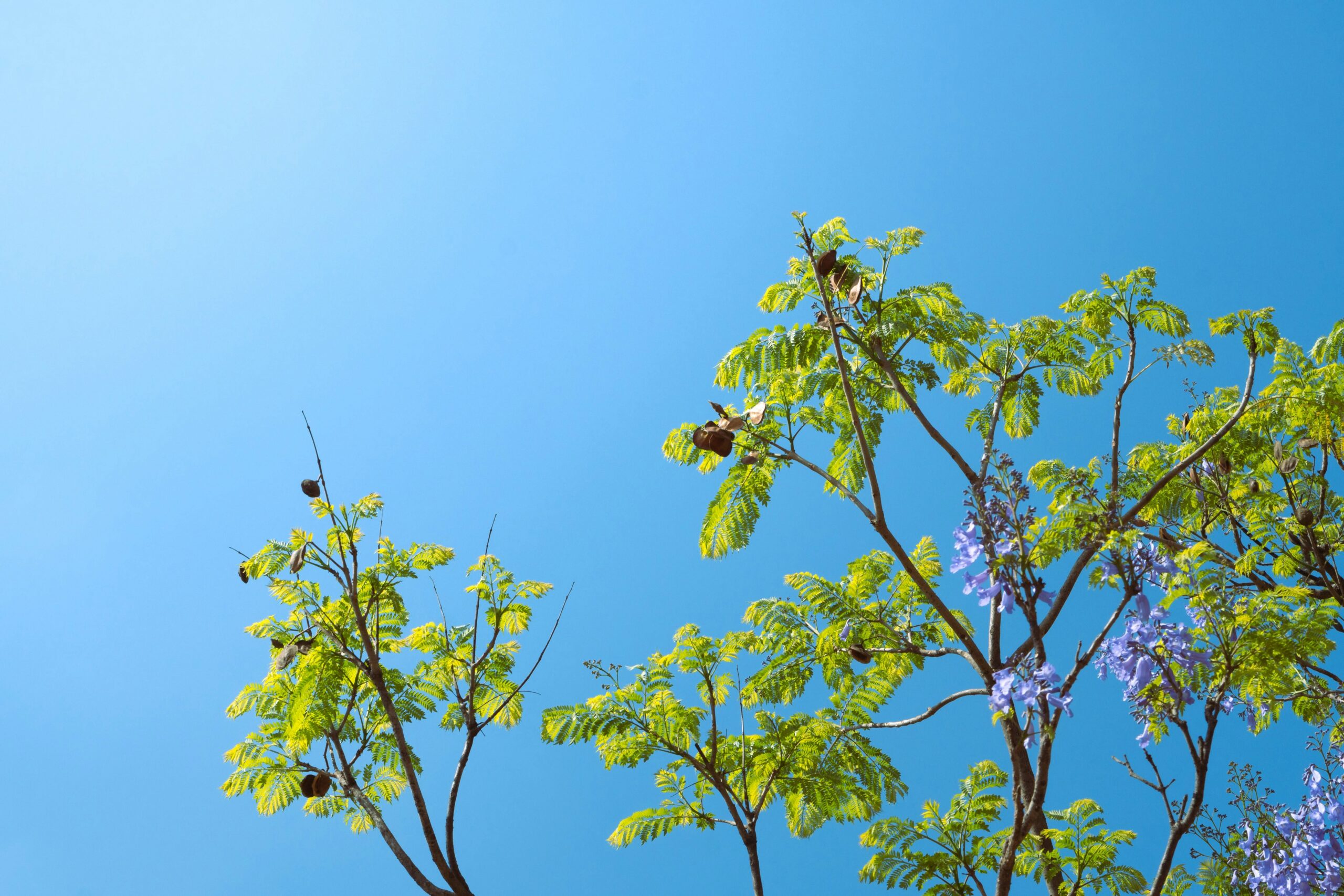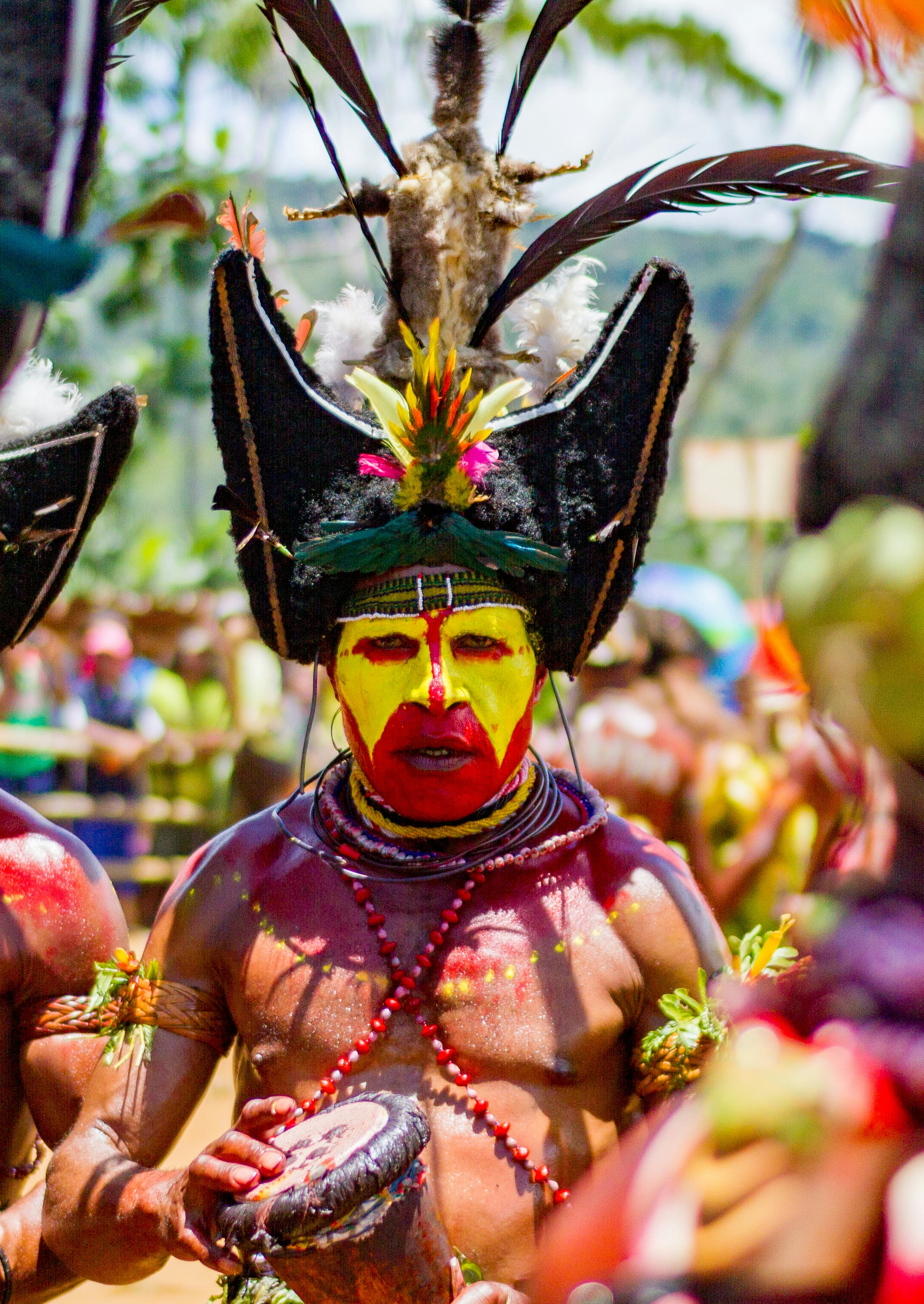Interested in discovering the rich cultures and traditions of indigenous communities nestled along coastal areas? Look no further! Delve into this article to learn about the vibrant cultures, history, and heritage of these communities. From their fascinating customs to their deep-rooted connection with the ocean, you’ll be captivated by the wealth of knowledge waiting to be explored. So grab a cup of tea, sit back, and embark on a fascinating journey of discovery. Are you ready to immerse yourself in the enchanting world of indigenous coastal communities? Let’s get started!
Visit Indigenous Community Centers
If you are eager to learn about indigenous communities with connections to coastal areas, one of the best ways to gain firsthand insight is by visiting indigenous community centers. These centers provide a wealth of information and opportunities to engage with community members. To start, conduct thorough research to identify local indigenous community centers in the coastal regions you are interested in. Look for centers that prioritize cultural preservation and education. Once you have a list of potential centers, reach out and contact them to schedule a visit. By making arrangements in advance, you can ensure that there are staff members available to guide you and provide valuable information about the community and its traditions.
During your visit, make the most of your time by actively participating in cultural activities organized by the community center. These activities may include traditional art and craft workshops, storytelling sessions, dance and music performances, or even language classes. Engaging in these activities will not only allow you to learn about indigenous cultures, but also provide an authentic and immersive experience. Building connections with the community members can enhance your understanding of their traditions and ways of life.
Connect with Indigenous Organizations
In addition to visiting community centers, connecting with indigenous organizations working in coastal areas is another excellent way to learn about indigenous communities. These organizations often play a vital role in promoting cultural preservation and advocacy for indigenous rights. Start your journey by researching the indigenous organizations operating in the coastal regions you are interested in. Look for organizations that have a solid track record and actively engage with the communities they serve.
Once you have identified relevant organizations, make an effort to attend their workshops and events. These gatherings provide unique opportunities to interact with community members, participate in cultural activities, and gain a deeper understanding of indigenous traditions. Workshops may cover a range of topics such as traditional fishing techniques, sustainable practices, or the protection of cultural heritage. By volunteering or interning with indigenous organizations, you can further immerse yourself in the work they do and contribute to their initiatives. This hands-on experience will allow you to make meaningful connections with indigenous community members while learning firsthand about their challenges and aspirations.
Attend Indigenous Festivals and Gatherings
Immersing yourself in the vibrant atmosphere of indigenous festivals and gatherings is an incredible way to learn about coastal indigenous communities. These events provide a platform for communities to showcase their cultural heritage, celebrate traditions, and foster a sense of unity. Begin by researching the indigenous festivals and gatherings taking place in the coastal regions you wish to explore. Look for events that highlight a diverse range of indigenous cultures and offer opportunities for interaction with community members.
Once you have identified the festivals and gatherings you wish to attend, plan your visit accordingly. Prepare to engage in conversations and activities that will deepen your understanding of indigenous cultures. Some examples of activities may include participating in traditional dances, trying indigenous cuisine, or joining in storytelling sessions. Embrace the opportunity to learn from and with indigenous community members, absorb their teachings, and appreciate their artwork and craftsmanship. These experiences will undoubtedly leave a lasting impact on your journey to learn about coastal indigenous communities.
Take a Cultural Heritage Tour
If you prefer a structured approach to learning about indigenous communities, consider taking a cultural heritage tour that specializes in exploring indigenous communities, including those in coastal areas. Cultural heritage tour operators have expertise in designing itineraries that provide valuable insights into the history, traditions, and contemporary life of indigenous communities. When researching tour operators, look for those with a focus on sustainable tourism and a genuine commitment to supporting and empowering indigenous communities.
Choose a tour that includes visits to coastal indigenous communities so you can witness their unique connection to the sea and learn about their traditional practices related to fishing, shellfish gathering, or boat building. These tours often incorporate local guides and community members who act as invaluable sources of knowledge. Be attentive and open-minded, asking questions and listening to their stories. By actively participating in the tour, you will have the opportunity to develop a deeper appreciation for the cultural diversity and resilience of coastal indigenous communities.
Read Books and Literature on Indigenous Communities
Indigenous communities have a rich and diverse oral and written history, and an excellent way to learn about their experiences is through books and literature. Start by exploring books, novels, and autobiographies that delve into the lives and perspectives of indigenous individuals and communities. These narratives can provide invaluable insights into their history, struggles, resilience, and cultural practices. Expand your understanding by seeking out books that focus specifically on coastal indigenous communities. By immersing yourself in these stories, you can gain a deeper appreciation for the complexities and diversity of indigenous cultures.
To enhance your learning experience, consider joining a book club or discussion group dedicated to indigenous literature. Engaging in conversations with fellow readers allows for a more nuanced understanding of the themes and issues explored in the books. Sharing different perspectives and interpretations can deepen your understanding and appreciation of the indigenous experience. Online resources and platforms also provide opportunities to engage in virtual discussions about indigenous literature, fostering a sense of community and shared learning.
Watch Documentaries and Films
Documentaries and films are powerful mediums for showcasing the stories and experiences of indigenous communities. They provide a visual and auditory experience that can transport you directly into the heart of indigenous cultures and their connection to coastal areas. Start by looking for documentaries and films that explore indigenous communities and their unique relationship with the environment. By specifically searching for films and documentaries about coastal indigenous communities, you can focus your learning on the specific aspects that interest you the most.
Once you have found relevant films, set aside time to watch and absorb them fully. As you watch, take notes, and reflect on the narratives, images, and emotions they evoke. Afterward, seek out opportunities for discussion and reflection. Engage with others who have watched the same films to share perspectives, ask questions, and explore the themes together. This kind of dialogue can foster a deeper understanding and appreciation for the experiences and challenges faced by coastal indigenous communities.
Engage in Online Resources and Websites
The digital age has brought about countless opportunities to learn about indigenous communities through online resources and websites dedicated to indigenous education. Explore these platforms to access a wealth of information and insights into the culture, history, and contemporary issues faced by coastal indigenous communities. Many websites offer articles, videos, interviews, and interactive content that can broaden your knowledge and understanding.
To actively engage with others who share your interest, consider joining online forums and communities focused on indigenous cultures. These spaces provide a platform for discussions, sharing experiences, and asking questions. By actively participating in these online communities, you can connect with indigenous community members, scholars, and fellow learners. Social media can also be a valuable tool for connecting with indigenous community members, organizations, and storytellers. Building relationships through online platforms can lead to meaningful exchanges and opportunities for further learning and collaboration.
Participate in Indigenous Traditional Practices
To truly immerse yourself in the richness of indigenous cultures, consider participating in indigenous traditional practices. Many workshops and classes are available, offering opportunities to learn traditional crafts, skills, and art forms. Seek out workshops that focus on practices specific to coastal indigenous communities. These may include activities such as traditional boat building, weaving, carving, or fishing techniques.
By actively engaging in these practices, you not only learn the techniques and skills, but you also gain a deeper appreciation for the cultural significance and intergenerational knowledge embedded in these traditions. Participating in traditional ceremonies and celebrations offers a unique insight into the spiritual and community aspects of coastal indigenous cultures. It is important to approach these practices with respect and open-mindedness, recognizing their sacredness and respecting the traditional protocols established by the indigenous communities.
Support Indigenous Artisans and Entrepreneurs
A powerful way to support and learn about indigenous communities is by purchasing indigenous art and crafts directly from coastal indigenous communities. These artistic expressions often reflect cultural traditions, history, and the connection to the coastal environment. Seek out indigenous-owned businesses and ventures that offer authentic and ethically sourced products. By buying from these artisans and entrepreneurs, you directly contribute to their economic empowerment and the preservation of their cultural heritage.
Another way to support indigenous artists is by attending indigenous art exhibitions and markets. These events provide a platform for artists to showcase their work while offering visitors an opportunity to engage with the artists personally. By attending these exhibitions and markets, you gain a deeper understanding of the artistic expressions and the stories behind them. It is an enriching experience that strengthens your connection with coastal indigenous communities and the artists shaping their cultural legacy.
Respect and Listen to Indigenous Voices
While learning about indigenous communities, it is essential to approach their cultures, knowledge, and traditions with the utmost respect. Acknowledge the value of indigenous knowledge systems and the importance of cultural preservation. Recognize that indigenous communities have faced historical and ongoing injustices and that their perspectives and voices are vital for understanding their experiences fully.
One of the most important ways to learn about coastal indigenous communities is by listening to the stories and experiences shared by indigenous community members themselves. Actively seek out opportunities to hear their perspectives, whether through personal interactions during visits, indigenous-led events, or online platforms. When presented with the privilege of hearing these stories, approach them with humility, empathy, and an open heart. Amplify indigenous voices by sharing their stories through social media and advocacy. By doing so, you contribute to raising awareness about their struggles, victories, and the ongoing importance of their cultural heritage.



